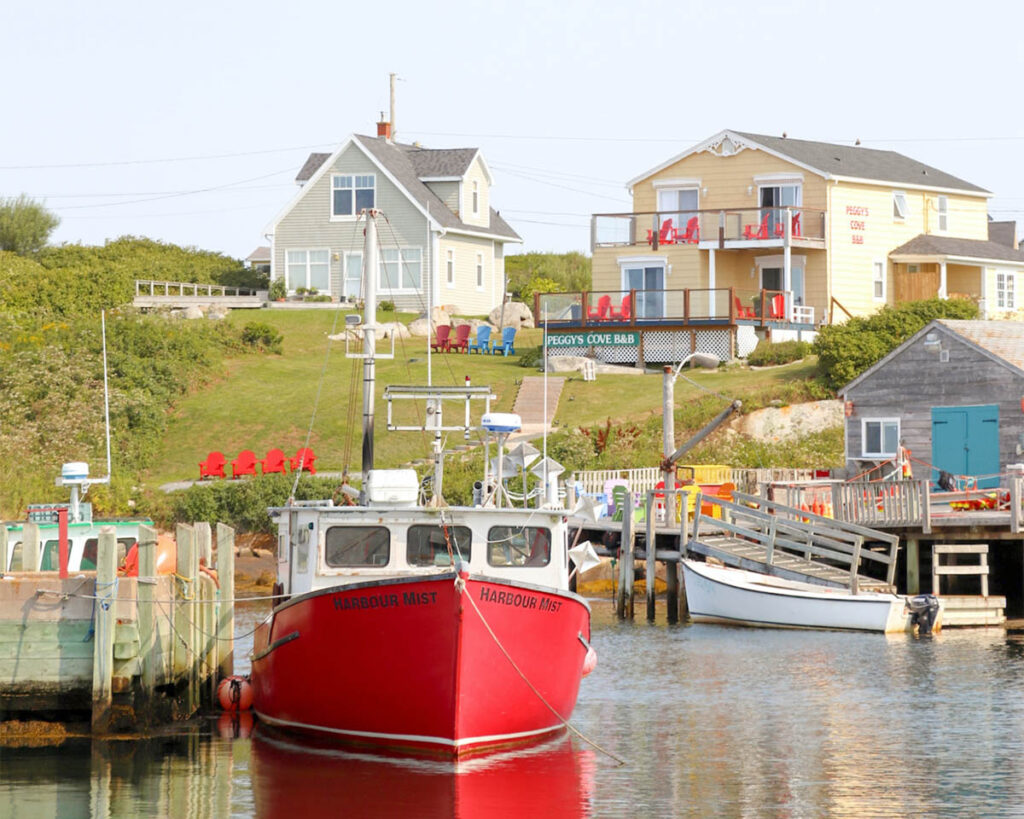HALIFAX–Fisheries and Oceans Canada (DFO) announced last week that the 2023 quota for the largest herring fishery in Canada would be 21,000 tonnes, considerably higher than the maximum of 14,000 recommended by science.
The herring stock in the Bay of Fundy and southwestern Nova Scotia (officially known as the 4VWX Southwest Nova Scotia/Bay of Fundy spawning component, or SWNS-BoF for short) has been declining for decades. It has been critically depleted since 2017 and stock status reports have indicated the need for rebuilding since at least 2001.
“For a second year in a row, the Minister has chosen to bypass the multi-year stakeholder process that developed harvest rules to rebuild the stock out of the critical zone within 10 years,” explains Sebastián Pardo, Sustainable Fisheries Coordinator at the Ecology Action Centre. “The Minister seems to only be listening to industry and ignoring other stakeholders, particularly when it comes to rebuilding this depleted stock. It begs the question as to why DFO is spending so much public money on science and management frameworks that do not get adopted. Sadly, this decision is yet another example of ministerial discretion hindering recovery and hurting our marine ecosystems.”
“This year’s decision also ignores the larger long-term benefits that would come from rebuilding the herring stock,” says Katie Schleit, Fisheries Director at Oceans North. “A recent cost-benefit analysis shows that the value of leaving forage fish in the water to rebuild, support ecosystem function, and provide food for other organisms is approximately $1.6 billion. DFO must take seriously its duty to rebuild populations and to consider scientific advice, ecosystem management, and the views of other stakeholders.”







